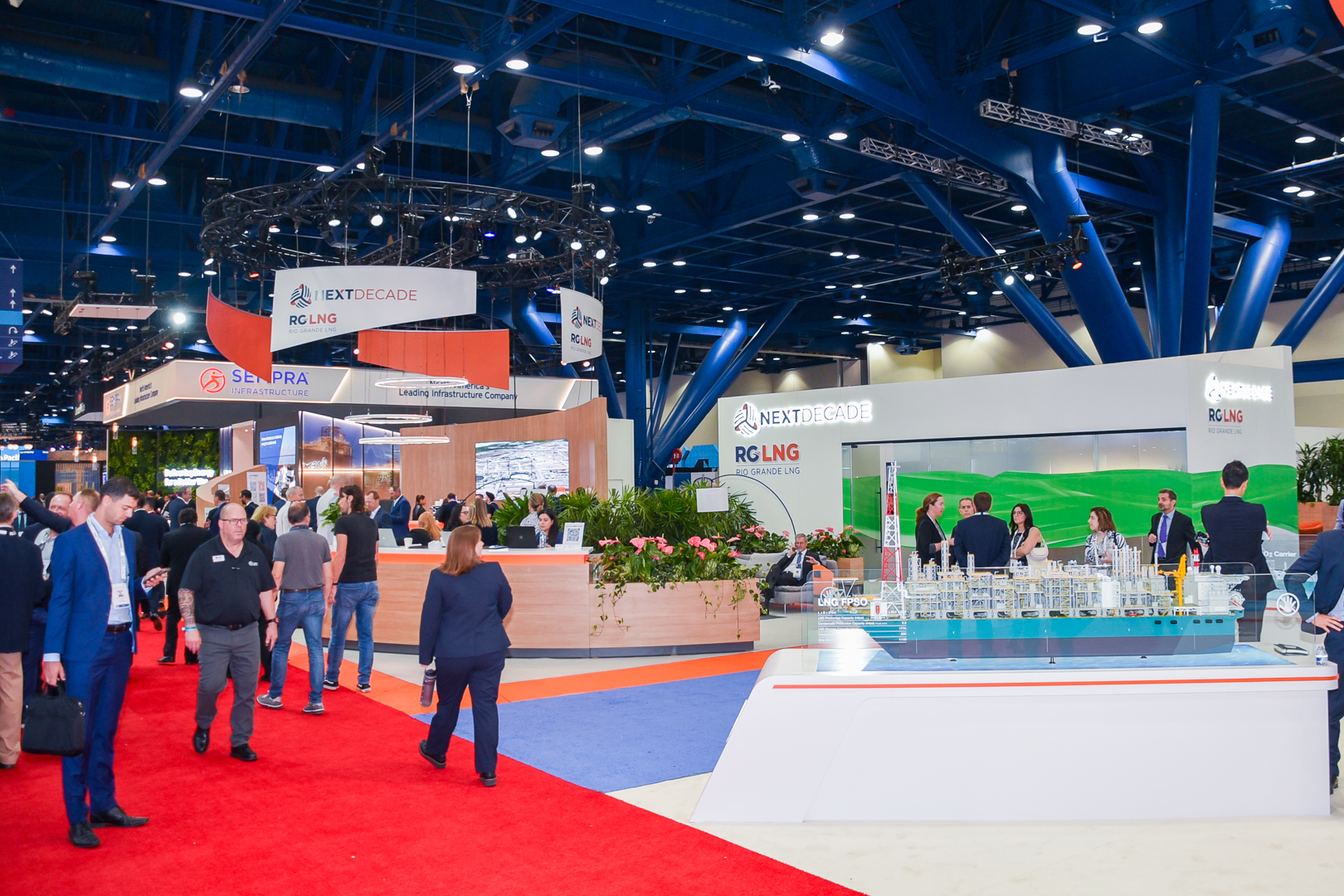- September 20, 2024
Brownsville Mayor Supports Rio Grande Liquefied Natural Gas

Rio Grande LNG project is essential to enhancing Brownsville’s job growth. The project will create approximately 5,000 new jobs.
BROWNSVILLE – As the Mayor of the City of Brownsville, Texas, the largest City in the Rio Grande Valley (RGV), with approximately 200,000 residents where 94% percent of the population is Hispanic or Latino, I stand firmly in support of the construction of NextDecade’s Rio Grande Liquefied Natural Gas (RGLNG) Facility. I strongly disagree with the U.S. Court of Appeals for the D.C. Circuit Court’s decision on August 6, 2024, to vacate the Federal Energy Regulatory Commission’s (FERC) RGLNG Facility, Rio Bravo Pipeline and Texas LNG reauthorization orders.
Our community is fully aware of the RGLNG development project. NextDecade has been a community partner who has conducted meaningful engagement with the public, including hosting 26 open houses with more than 3,600 community members; engaged with more than 1,600 students from the Brownsville Independent School District (BISD), local charter and private schools. NextDecade has already invested in local academic institutions by supporting their vocational training programs to create a better prepared workforce of tomorrow.
Our community is beginning to experience a tangible shift away from poverty. A community who is an average 29 years of age and is made up of a workforce that is intergenerational. They desire the opportunity to work in Brownsville, near their hometowns of Port Isabel, Harlingen, Edinburg, McAllen and Mission. The RGLNG project is pivotal for reversing a tide of poverty that has impacted generations of low-to-moderate income families, which make up approximately 55% of residents. It is within the last two years, during the construction of RGLNG, and the growing permanence of SpaceX that we have seen data confirming the shrinking race gap in economic mobility as reported by the National Bureau of Economic Research https://www.nber.org/papers/w32697.
While Brownsville has experienced growth in student attendance at the local Texas Southmost College (TSC) and the University of Texas Rio Grande Valley (UTRGV), there is serious concern for leakage of talent, or “brain drain” of talent, where talented professionals leave the RGV in search of higher paying jobs elsewhere, including Central and North Texas, and sometimes out-of-state.
A sustainable community is one where high-paying jobs are readily available; where access to even higher-quality of healthcare is available; and where families can stay united and experience quality of life together. It is not uncommon for younger adults to have to make the difficult decision of whether to stay in Brownsville or leave for a better paying opportunity elsewhere. To grow a vibrant, sustainable, and resilient Brownsville, the creation of jobs is fundamental to combating poverty and opening the path to home ownership and environmental resiliency.
The recent decision by the D.C. Circuit Court to vacate the FERC’s authorization of the RGLNG project, citing procedural issues, poses a critical threat to the project and to the economic vitality of our community. The $18.4B RGLNG project that is now under construction may potentially be at risk. A risk we cannot afford to take in South Texas. NextDecade’s commitment to local hiring and procurement has further anchored the project’s benefits to our community. By engaging local vendors for the construction and operation of the RGLNG facility, NextDecade has ensured the economic benefits ripple throughout our local businesses and service providers. Of the 856 Full-Time jobs created by the RGLNG project to date and the 5,000 more anticipated jobs over the next five (5) years, 58% are local hires. Of the $2.92B in vendor expenditures, 60% of vendors are local and will provide additional indirect jobs, a much needed regional and sustainable boost.
It is important to recognize that the RGLNG project has undergone one of the most stringent regulatory processes, adhering to federal, state, and local regulations. The comprehensive review process by multiple agencies underscores the project’s commitment to environmental stewardship and compliance with legal standards, ensuring responsible development that respects our community’s health and natural resources. The decision to vacate the project’s permits over procedural concerns threatens significant economic repercussions. If not addressed, the RGLNG project and other critical infrastructure projects across the nation could face increased uncertainty in regulatory outcomes. Such disruptions could deter future investments at a time when enhancing our energy infrastructure is crucial for economic stability and growth. Something Brownsville has long sought for our community, residents, and businesses.
Part of the RGLNG project is the Brazos Island Harbor (BIH) Channel Improvement Project, which entails a deepening of the Port of Brownsville’s ship channel. RGLNG, the U.S. Army Corps of Engineers and the Port of Brownsville have committed hundreds of millions of dollars to this project. The Port has been trying to realize the BIH project since 2007 and RGLNG’s commitment to construct Phase 1 has made it a reality. If the ruling is upheld, the BIH project may not be completed and the substantial benefits to the RGV, created by the increased trade at the Port, will not materialize.
Considering these challenges, I urge our community and stakeholders to advocate for a resolution that supports the continuation of the RGLNG project under its existing permits. We must seek to resolve the procedural concerns raised by the Court without undermining the project’s viability or the broader economic and environmental benefits it is set to deliver.
As Mayor, I am committed to working with NextDecade, federal regulators, and our community to address the concerns outlined by the D.C. Circuit Court in a manner that upholds the law while advancing our economic and environmental interests. Our nation is stronger when a growing, economically disadvantaged region such as the RGV, can find common ground with an $18.4B investment, by the RGLNG, and the protection of our environment for the good of generations to come.

